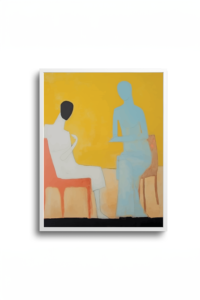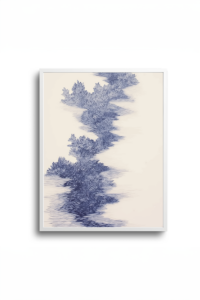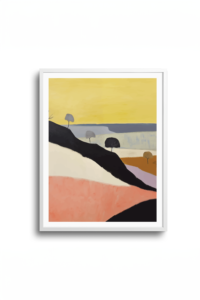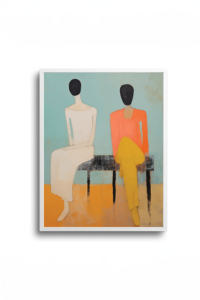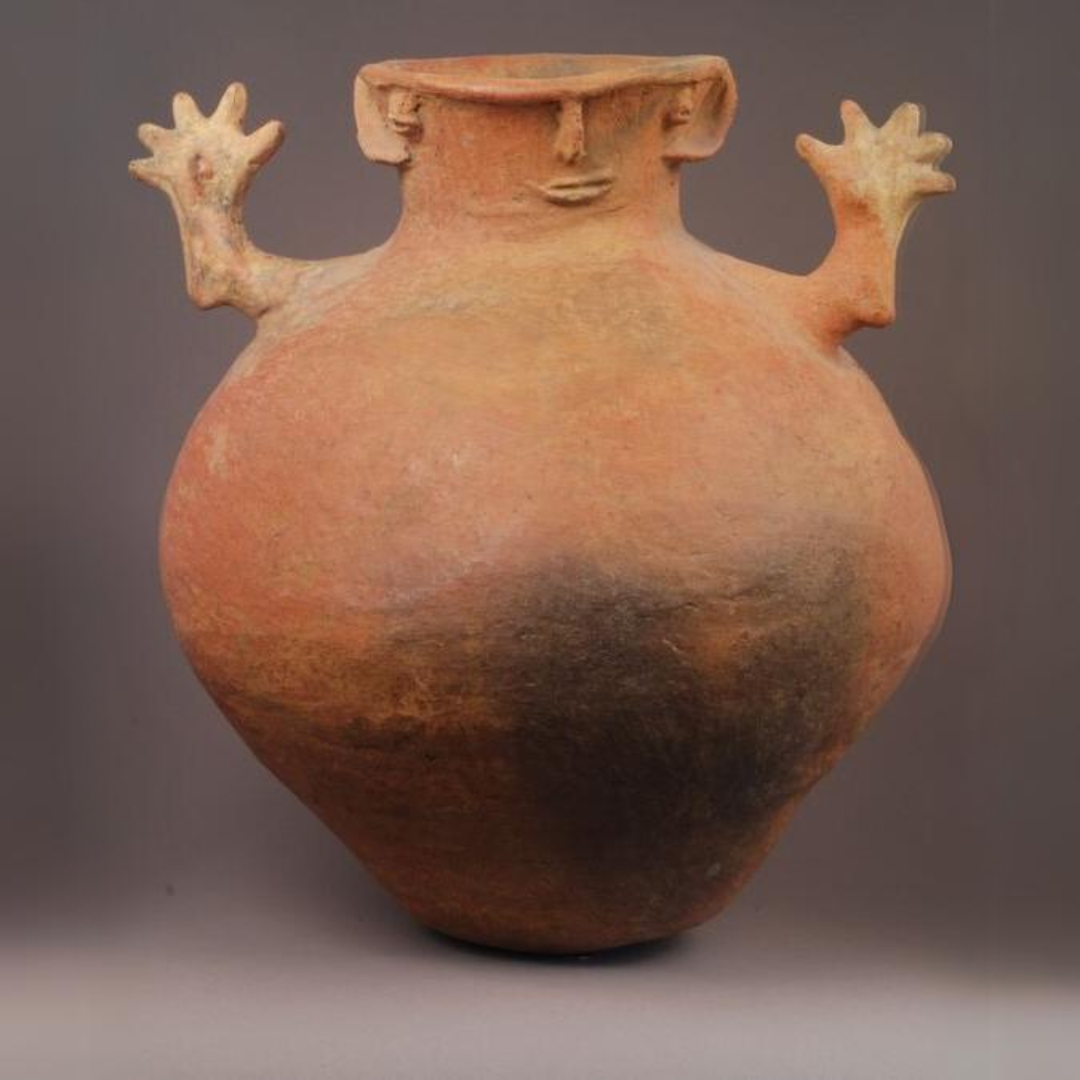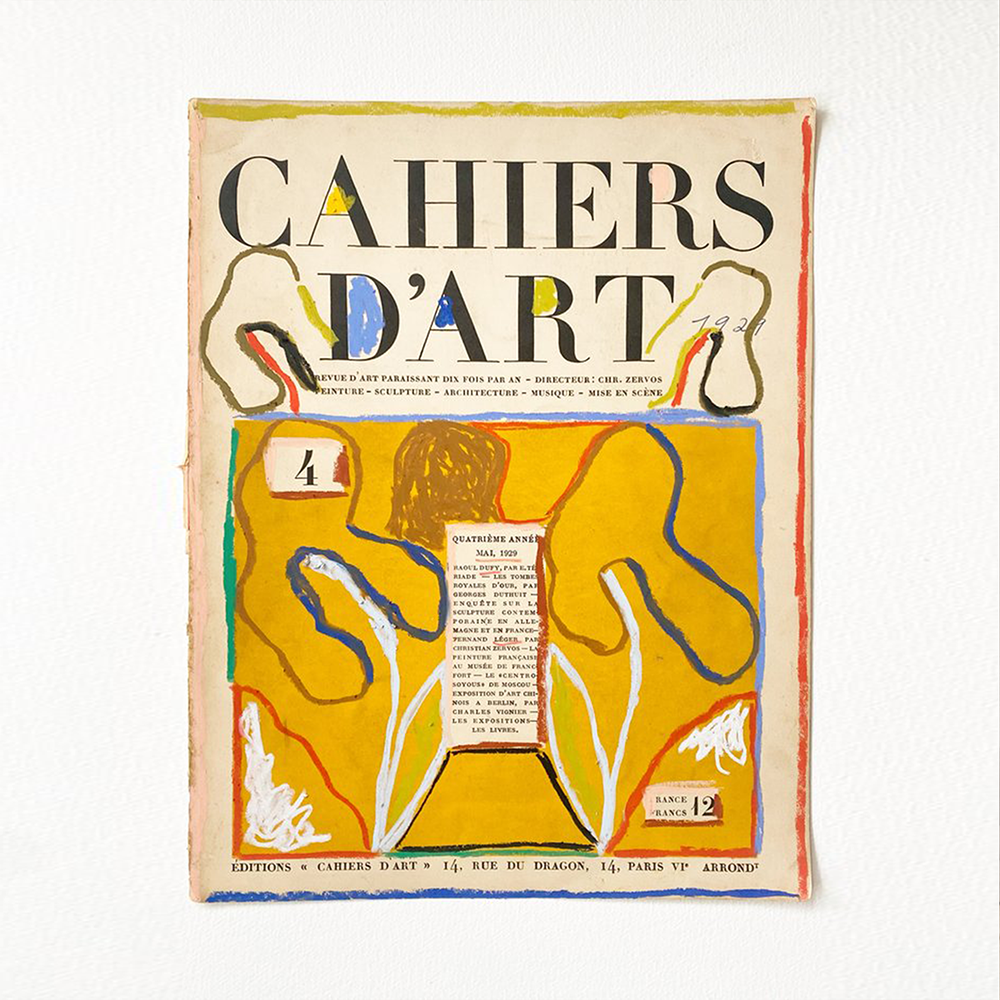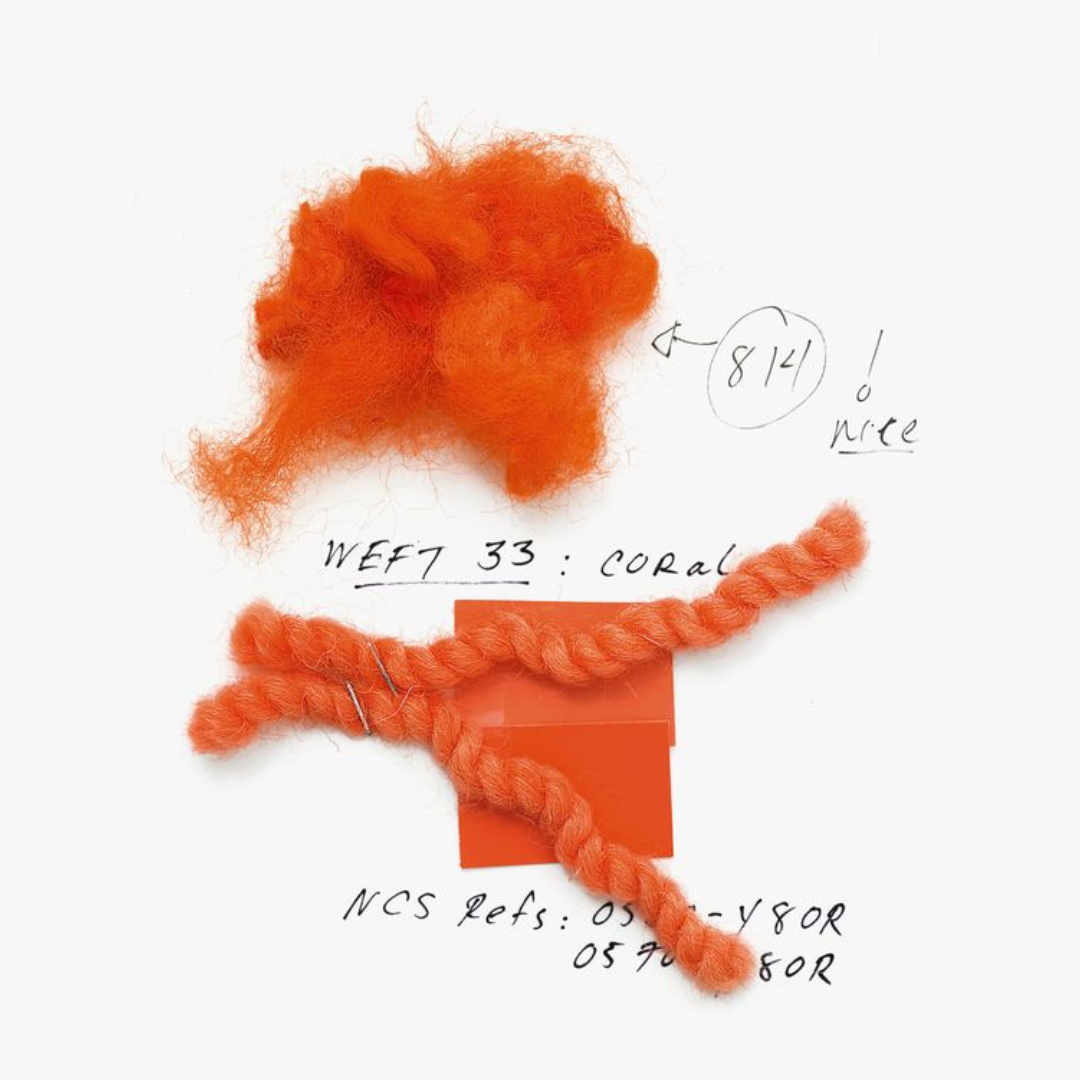
interior design
art & artist
lifestyle
inspiration
Warm Colors in Interior Design
share this post
Imagine stepping into a room bathed in the hues of a setting sun – shades of amber, terracotta, and soft gold enveloping you in a warm embrace. This is the power of warm colors in interior design, a palette that can transform spaces into havens of comfort and vibrancy. Warm colors, known for their ability to evoke feelings of warmth, comfort, and welcome, are not just hues; they are an experience, a psychological journey that alters our perception of space and ambiance.
In this article, “The Transformative Power of Warm Colors in Interior Design,” we delve into the world of warm hues – oranges, reds, and yellows – that mimic the colors of fire, sunsets, and earth. These colors do more than just fill a room; they create an atmosphere, alter moods, and even influence our interactions within the space. From the deep, rich tones of a burgundy to the bright cheerfulness of a lemon yellow, warm colors have the unique ability to transform a room from merely a physical space to an emotional landscape.
As we explore how these hues have been used through history and across cultures, and how they continue to influence modern interior design, we will uncover the secrets of using warm colors to not only enhance the aesthetic of a room but also to create a space that is truly a reflection of warmth, comfort, and welcome. Whether you’re a seasoned interior designer or just starting to dabble in the art of home decor, understanding the power of warm colors will open up a new dimension in your design palette.
So, let’s embark on this colorful journey and discover how the strategic use of warm colors can transform any interior into a cozy, inviting, and vibrant space.
Understanding Warm Colors
Defining Warm Colors
Warm colors are those that evoke warmth and comfort, reminiscent of sunlight and heat. Found on one end of the color spectrum, they include hues like red, orange, yellow, and variations of these colors. These shades are often associated with energy, passion, and coziness. In interior design, warm colors are used to create an inviting and stimulating environment. They can make large, open spaces feel more intimate and small spaces feel cozier.
Psychological Effects of Warm Colors
The impact of warm colors on our psyche is profound. Red, for instance, is a color of energy and excitement, often used to stimulate appetite and conversation, making it a popular choice for dining areas. Orange, a blend of red and yellow, is considered a cheerful and social color, suitable for living rooms and kitchens where interaction is key. Yellow, the brightest color perceived by the human eye, is associated with happiness and optimism, perfect for creating a welcoming atmosphere. The psychological effects of these colors can influence our mood and behavior, making the understanding of color psychology essential in interior design.
Warm Colors in Modern Interiors
Contemporary Use of Warm Colors
In modern interior design, warm colors are embraced for their ability to create welcoming, vibrant spaces. These hues are versatile – they can be used to paint a feature wall, as accents in decor items like cushions and rugs, or in artwork that becomes the focal point of a room. Designers often use warm colors to inject energy into a space or to make a large room feel more intimate and inviting. They are especially effective in spaces that lack natural light, where they can counteract the coolness and create a perception of warmth.
Balancing Warm Colors
While warm colors can add life and energy to a room, balance is key to avoid overwhelming the space. One effective strategy is to use neutral tones as a base – whites, beiges, or light greys – and then accent with warm colors. This approach allows the warm hues to stand out without dominating the room. Another method is to use varying shades and tints of a single warm color for a sophisticated, layered look. Textures also play a crucial role in balancing warm colors, with natural materials like wood or stone providing a grounding effect.
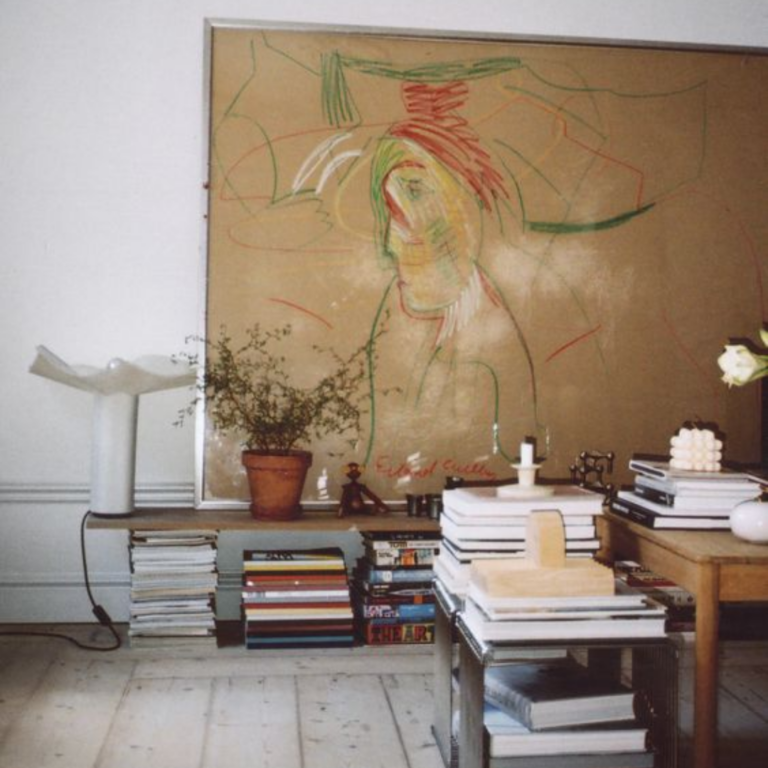
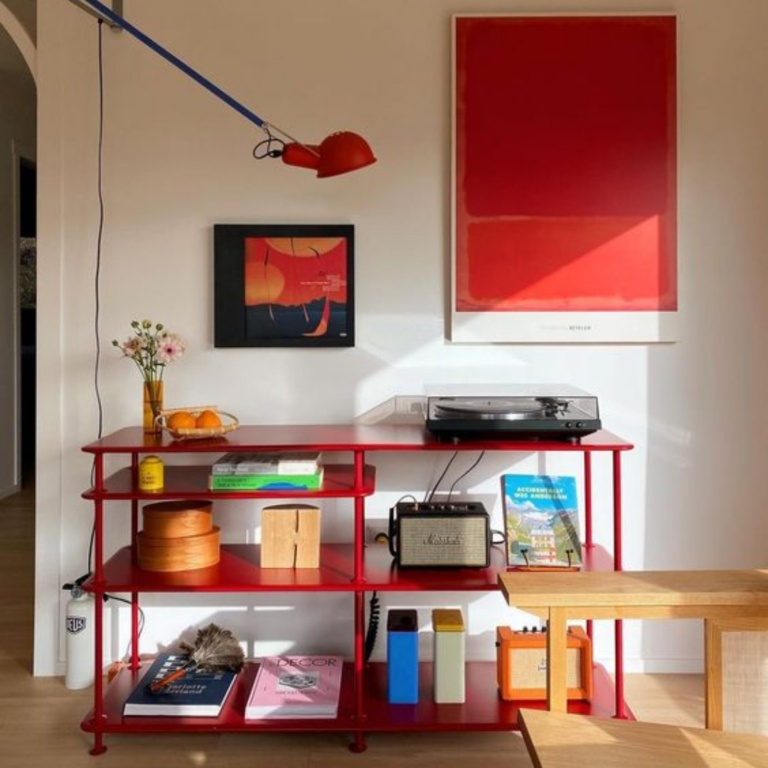
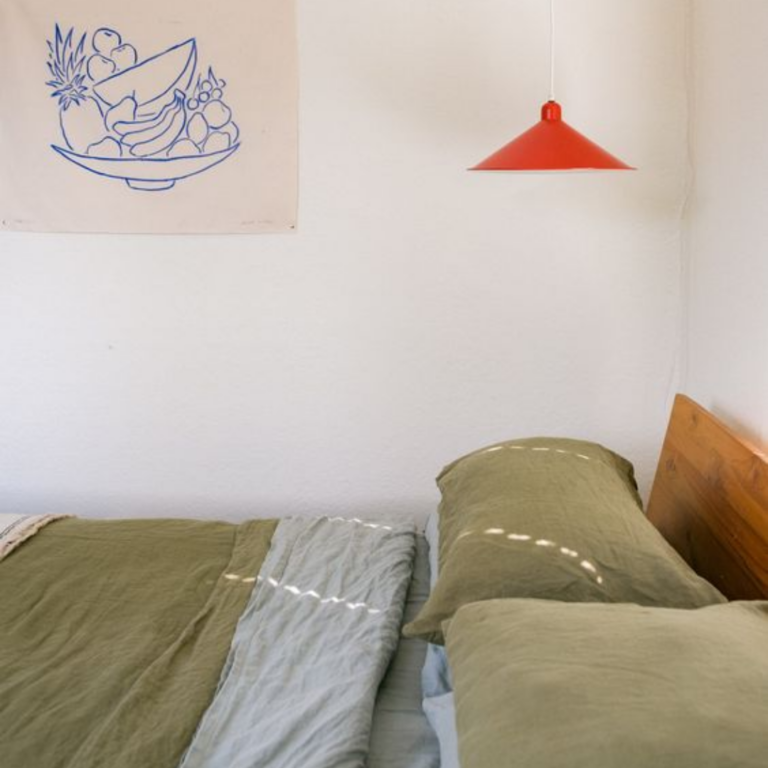
Image credits from left to right: (1) fridavega.com (2) @one.interior.mag on Instagram (3) cheznunez.com
Textures and Materials
The textures and materials used in a room can greatly enhance the impact of warm colors. For instance, a velvet throw or pillow in a deep burgundy can add a luxurious feel, while a terracotta pot brings a rustic, earthy element. Combining different textures, like smooth leather against a soft, knitted blanket, creates visual interest and depth, making the warm colors pop even more. The use of metals such as brass or copper in fixtures and fittings can also complement warm color schemes, adding a touch of elegance and warmth.
Transforming Spaces with Warm Colors
Room-by-Room Guide
Warm colors can transform different rooms in unique ways. In the living room, a splash of warm colors can create a lively and inviting atmosphere, perfect for socializing and relaxation. Consider a warm-toned orange or a soft terracotta for throw pillows or an accent wall. In the bedroom, a deeper shade, like a rich red or warm burgundy, can add a sense of romance and luxury. However, it’s important to balance it with calming colors to ensure the space remains conducive to rest. Kitchens and dining areas benefit greatly from warm colors like yellows and reds, which stimulate appetite and conversation.
Lighting and Warm Colors
The interplay between lighting and warm colors is crucial in interior design. Natural light brings out the brightness and energy of warm colors, so maximizing sunlight in a room can enhance the color’s effect. In artificial lighting, warm white bulbs can complement warm-colored walls and decor, making the room feel cozier in the evenings. Adjustable lighting, like dimmer switches, can also help in altering the room’s mood and intensity of color throughout the day.
Accentuating with Warm Colors
Using warm colors as accents is a great way to incorporate them without overwhelming a space. This can be achieved through smaller decor elements like rugs, curtains, artwork, and decorative pillows. Such accents can add pops of warmth and create a focal point in the room. Another way to accentuate with warm colors is through painting a single wall or a part of a wall, creating a striking feature that draws the eye. These touches of warm colors can significantly change the feel of a room, making it more dynamic and inviting.
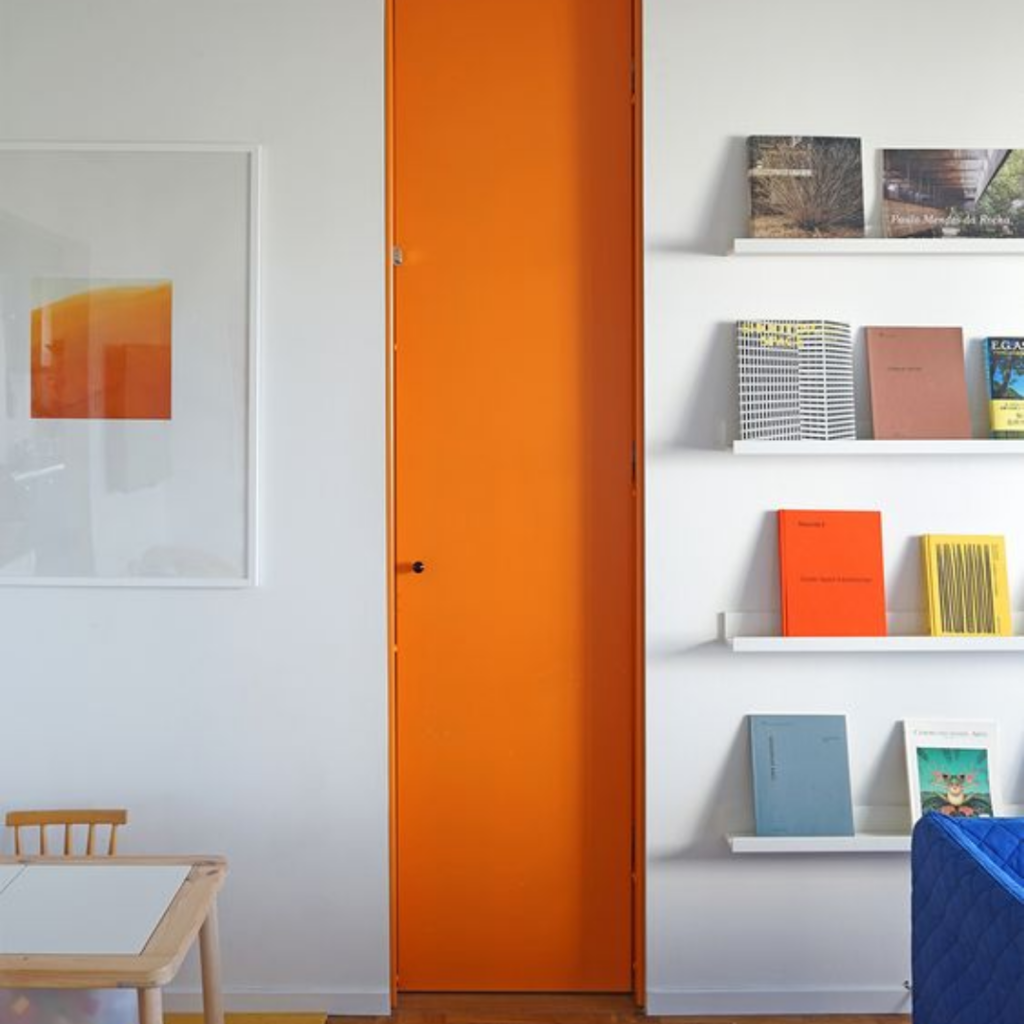
Image credits: w-k-a.se
LeCateau Recommends
Art is not just an accessory; it’s a transformative element in interior design. Particularly, art pieces that feature warm colors can have a profound impact on the ambiance of a room. Imagine a large canvas painted in the fiery hues of a sunset, or a serene landscape bathed in the golden light of autumn – these art pieces become focal points, drawing in the eye and radiating warmth throughout the space.
Warm-colored art can inject life and emotion into a room. In spaces with neutral or cool tones, a piece of art with warm colors can serve as a vibrant contrast, creating an intriguing visual dialogue within the room. It’s a way to add a splash of warmth without altering the room’s existing color palette significantly.
Moreover, the subject matter of the art can complement the warm color scheme. For instance, paintings depicting scenes of nature, such as forests in fall or sunlit fields, can enhance the cozy and inviting feel of a room. Similarly, abstract art with warm tones can add a modern and energetic touch to a space.
Incorporating warm-colored art also allows for versatility. As trends and personal tastes change, art can be swapped out to update the room’s look without the need for a complete redesign. This makes it an excellent choice for those who love to keep their spaces fresh and engaging.
-
- Select options This product has multiple variants. The options may be chosen on the product page
-
- Select options This product has multiple variants. The options may be chosen on the product page
-
- Select options This product has multiple variants. The options may be chosen on the product page
-
- Select options This product has multiple variants. The options may be chosen on the product page
-
- Select options This product has multiple variants. The options may be chosen on the product page
-
- Select options This product has multiple variants. The options may be chosen on the product page
-
- Select options This product has multiple variants. The options may be chosen on the product page
More To Explore
As our subscriber, you’ll receive not just occasional discounts but also exclusive digital art pieces, adding a touch of creativity to your everyday. Consider it our playful spin on magazine culture – a unique blend of art, inspiration, and special treats just for you.

